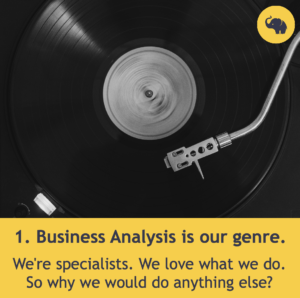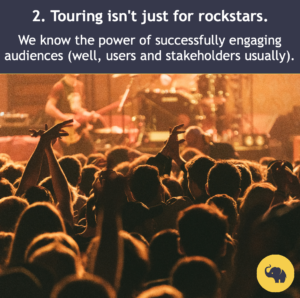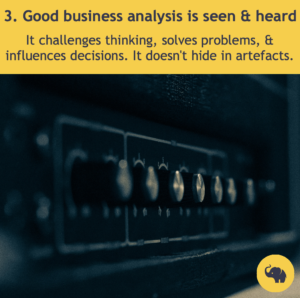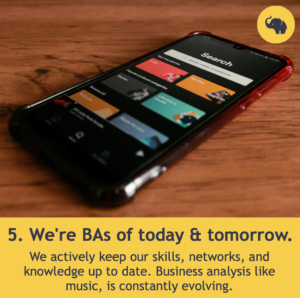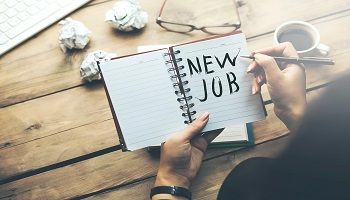Top Business Analysis Skills To Learn in 2023 To Thrive in a Volatile Economy
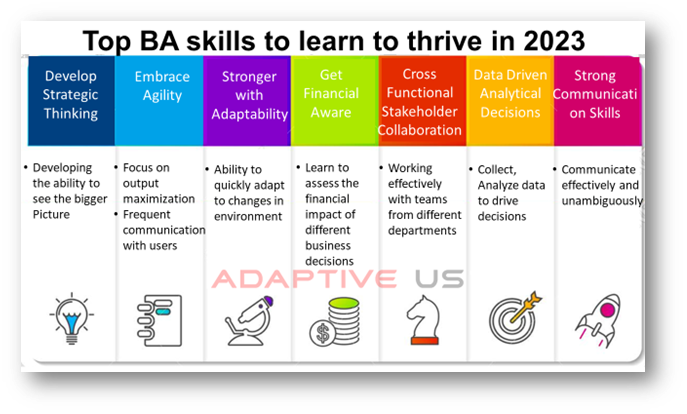
With the economic landscape ever-evolving and uncertainty in the air, it pays to know which business analysis skills are essential for success. In such a business environment, having the right skills can be the difference between success and failure. As 2023 approaches, it’s more important than ever to develop the right business analysis skills that will help you stand out from competitors and thrive in these uncertain times. With new technologies and approaches emerging all the time, developing the right business analysis skills has become more important than ever before. In this article, we’ll explore the top business analysis skills you’ll need to master in order to stay ahead of the pack. Find out how you can get ahead of the curve by acquiring these valuable skills now!
What is Business Analysis?

The term ‘business analysis’ is used in many different ways, but at its core, business analysis is all about bringing positive change, improving business performance with technology adoption, Process improvement and removal of inefficiencies in the cycle. It also encompasses improvement of revenue, market reputation, user experience, understanding how businesses work and how they can be improved. It’s about finding ways to do things better, faster, or cheaper.
Image Source – Freepik.com
Business analysts typically have strong analytical and problem-solving skills, and are able to see the ‘big picture’ while paying attention to detail. They need to be good communicators, great facilitators as well as collaborators, able to explain complex concepts in simple terms, asking the right questions and also be good listeners.
As businesses become more complex and the pace of change increases, the need for business analysts will continue to grow. If you’re thinking of a career in business analysis, or are already working as a business analyst, it’s important to stay up-to-date with the right skills, latest methods and tools.
Essential Skills for Business Analysts in 2023
As the world economy becomes increasingly volatile, businesses must be agile and adaptable to survive. Business analysts play a vital role in helping organizations in changing gears, understand and respond to change and adapt to the new business needs. In 2023, the most successful business analysts will be those who have developed the following essential skills:

Data Analytics: With the increasing amount of tech penetration and the huge amount of data available, business analysts are expected to be skilled to interpret, analyze data, see patterns in them and come up with actionable insights from them. To be able to do all this they need to be proficient in data analytics tools and techniques such as data interpretation and visualization. They will need to be able to not only interpret and communicate the results of these analyses to key stakeholders but also present actionable insights for strategic decision making.

Agile methodologies: Agile methodologies have proven to be effective in adapting to change, taking
frequent customer feedback and prioritizing delivery accordingly. And as a result, today more than 70% projects adopt agile methodology and their adoption will continue to grow. Business analysts need to be conversant with the principles of agile analysis and be able to work effectively within agile teams.
Advertisement
Financial Analysis: In a volatile economy, it is important for business analysts to understand financial analysis and be able to assess the financial impact of different business decisions. They will need to be able to evaluate investment opportunities, assess risks involved, and make recommendations based on financial data. They need to have the ability to know which are the initiatives that can help in quicker turn around for revenue and which changes can bring cost control thus making a better cash flow situation for the organization.

Strategic Thinking: Business analyst as a role requires higher level of thinking as well as attention to details to see the opportunities of improvement. Hence, they will need to be able to think strategically about the long-term goals of the organization and be able to develop plans to achieve those goals. They will need to be able to evaluate the potential impact of various business options and make recommendations based on data and best practices.
Adaptability: The ability to adapt to changes in their environment is a critical skill for success in a volatile economy. Business analysts will need to be able to quickly respond to changing conditions, be flexible to acquire skills to perform well in their approach to solving problems.
Cross-functional Collaboration: Business analysts are the change makers bringing positive changes to the organization thereby making the organization’s process faster and better. To achieve these objectives, they will need to be able to work effectively with teams from different departments, hierarchy, backgrounds, and be able to translate technical concepts and requirements into language that is accessible to a wide range of stakeholders.

Communication Skills: Business analysts are the ones who are required to influence stakeholders and users to come to agreement for the business decisions, and this requires being a great communicator. Effective communication is and will remain a critical skill for business analysts in 2023 and years to come. They will need to be able to clearly and effectively communicate complex ideas and data to stakeholders, and be able to negotiate and manage conflicting interests.
In conclusion, the skills that business analysts need to focus on in 2023 will continue to evolve, but the skills outlined above will likely be critical for success in a volatile economy. It’s important for business analysts to stay up-to-date about emerging trends and to continuously grow their skills and knowledge to stay ahead of the curve.



